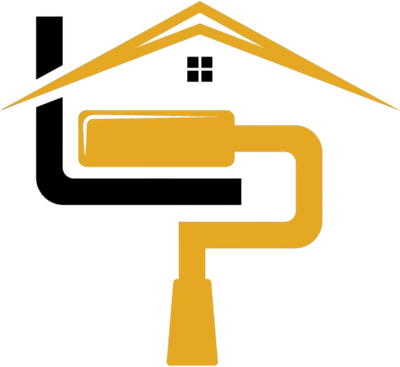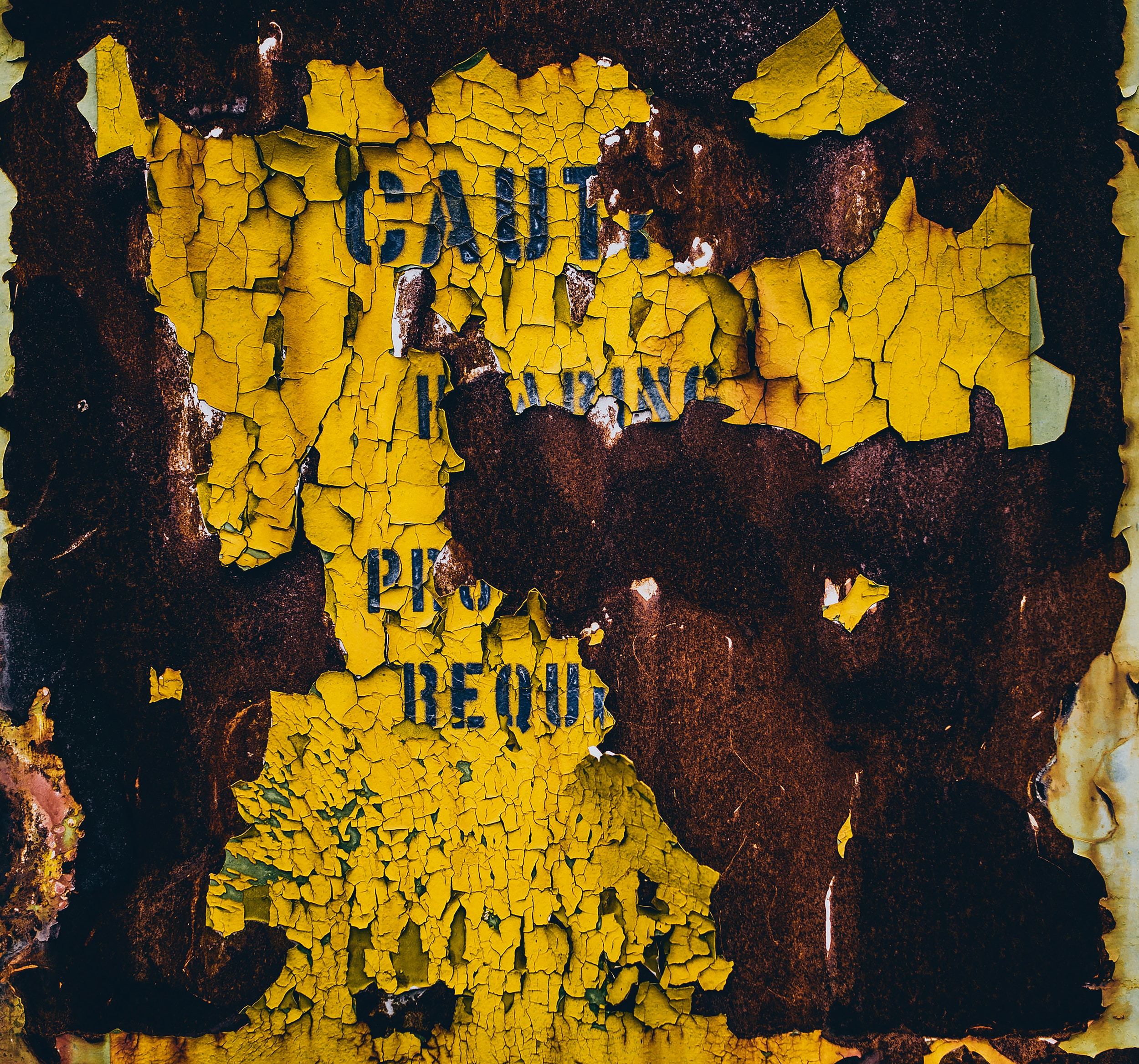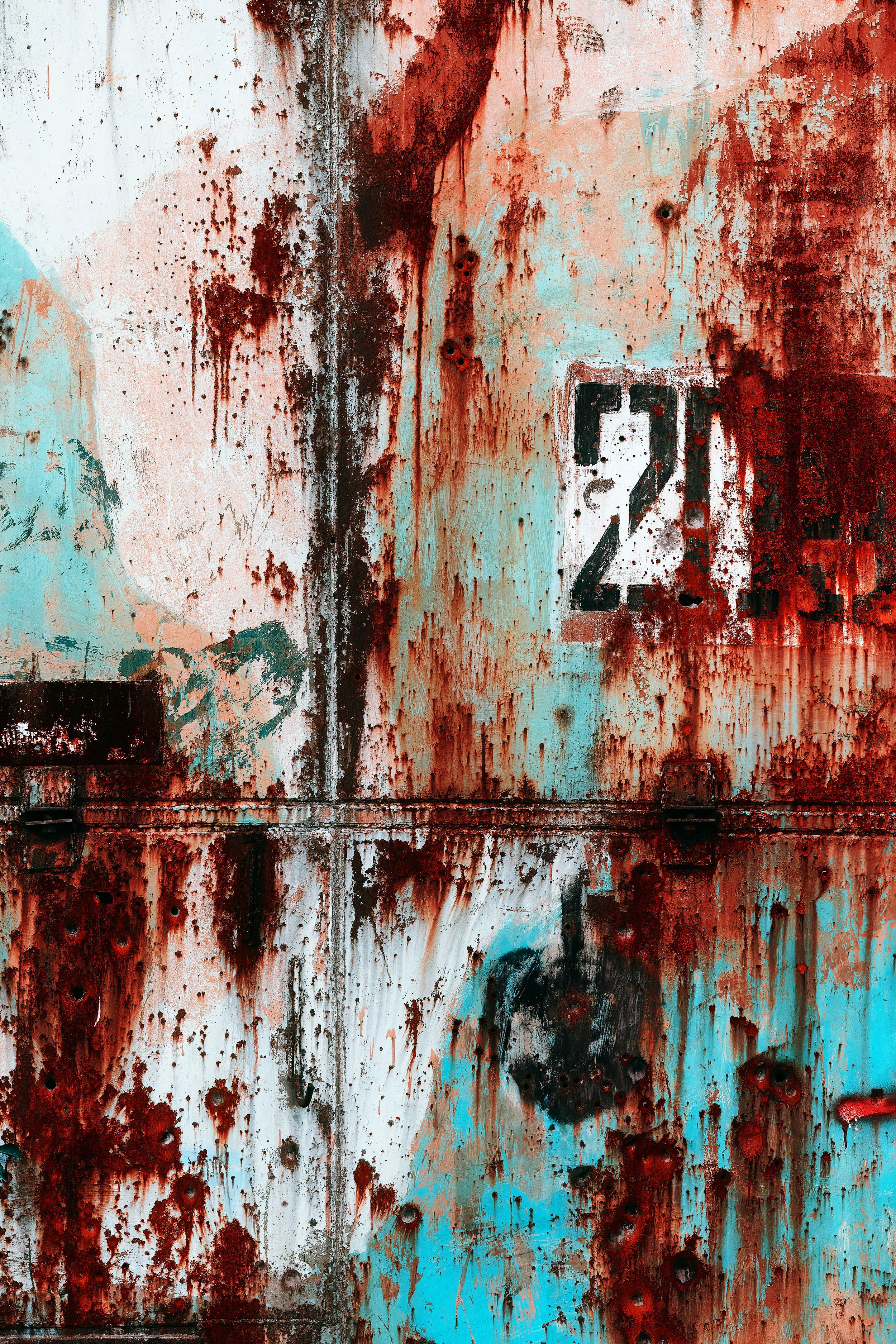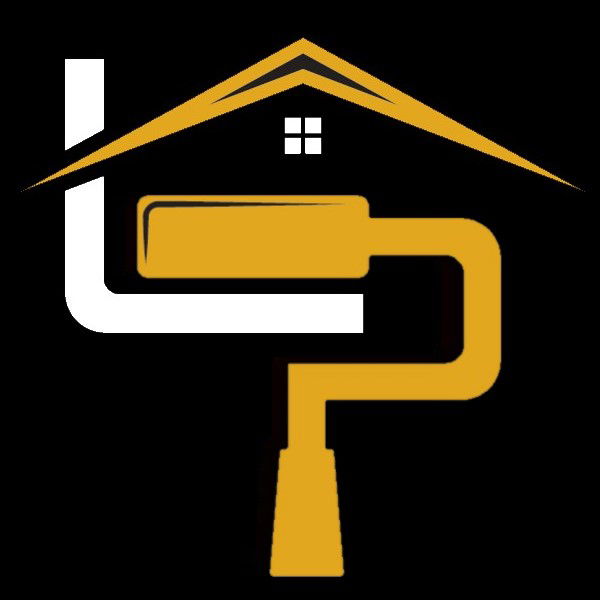Effective Strategies for Dealing with Rust - Painting Industry

Key Features:
- Comprehensive Rust Management: The article provides a detailed guide on understanding rust, its causes, and the importance of early detection and management to prolong the life of metal structures.
- Effective Rust Removal Techniques: It covers various methods for rust removal, including mechanical, chemical, and advanced laser techniques, ensuring a clean and prepared surface for painting.
- Maintenance and Inspection Strategies: The guide emphasizes regular inspections and seasonal maintenance to prevent rust recurrence, ensuring long-term protection and aesthetics of painted metal surfaces.
Dealing with Rust
Rust. It’s the silent menace lurking beneath the surface of our most cherished metal structures. From the charming wrought iron fences adorning our gardens to the robust industrial machinery that keeps our world turning, rust can wreak havoc, diminishing both their beauty and their strength. As a veteran in the painting industry, I’ve seen firsthand the toll that rust can take if not properly managed.
The Importance of Rust Management
When it comes to rust, prevention is everything. By addressing rust early on, you can save both time and money, ensuring that your metal surfaces remain as pristine and strong as the day they were first painted. Effective rust management is key to prolonging the life of your painted surfaces, and it’s a crucial step that should never be overlooked.
Understanding Rust: Causes and Consequences
How Rust Forms
Rust is the result of a natural chemical process known as oxidation. When metal is exposed to moisture and oxygen, a reaction occurs, producing iron oxide, or rust. This process is accelerated in humid environments or areas with salty air, like coastal regions. The presence of electrolytes, such as salt, speeds up the electron transfer, hastening the rusting process.
The Damage Rust Can Cause
If left untreated, rust can lead to significant damage. Structurally, rust weakens metal, making it brittle and prone to breaking. This is especially concerning for load-bearing structures like bridges, buildings, and vehicles. Aesthetically, rust tarnishes the smooth, clean appearance of painted surfaces, leading to a neglected look that can lower the perceived value of a property or item. In severe cases, extensive rust damage can render machinery or structures unsafe, underscoring the importance of prompt treatment.
Identifying Susceptible Areas
Spotting Early Signs of Rust
Detecting rust early is essential. Common areas where rust is likely to develop include:
- Outdoor Metal Structures: Fences, gates, and railings, which are constantly exposed to the elements, are prime candidates for rust.
- Vehicles: Especially those in regions where road salt is used, often show rust in the undercarriage and wheel wells.
- Industrial Equipment: Machinery that operates in humid or wet environments is particularly susceptible.
Look for small, reddish-brown spots on metal surfaces. These often appear in areas where water collects or where the paint has chipped, exposing the bare metal. Regular inspections are crucial, especially in high-risk environments, to catch rust early.
Preventative Measures
Once rust is detected, addressing it promptly can prevent further damage. Applying rust-inhibiting primers and paints creates a protective barrier against moisture and oxygen. For existing rust, using rust removers and converters can stop its progression and prepare the surface for repainting.
Preparation and Rust Removal Techniques
When tackling rust, proper preparation is paramount. It’s not just about slapping on a coat of paint; it’s about ensuring that every layer bonds perfectly for long-lasting protection and aesthetics. Here’s a detailed look at the essential steps and techniques for preparing rusted surfaces for painting.
Mechanical Removal
Mechanical rust removal is often the first line of defense. It’s hands-on, labor-intensive, but highly effective. Here are some popular techniques:
- Sandblasting: This involves propelling abrasive material against the rusted surface using high pressure. It’s perfect for large surfaces like industrial machinery or metal fences. However, it requires proper safety gear and equipment due to the high dust and noise levels.
- Grinding: Using a grinder with a wire brush or abrasive disc can efficiently remove rust from smaller, more manageable areas. It’s ideal for localized rust spots on vehicles or smaller metal structures.
- Wire Brushing: For those hard-to-reach places, a wire brush (manual or attached to a drill) can help. It’s great for detailed work where precision is required, such as intricate metalwork on gates or railings.
Chemical Removal
For those who prefer a less physically demanding method, chemical rust removal can be just as effective. Here’s how:
- Rust Converters: These are chemicals that react with rust to form a stable compound, which can then be painted over. They’re ideal for surfaces where rust is already extensive but cannot be removed entirely.
- Rust Inhibitors: These are applied to clean, rust-free surfaces to prevent rust formation. They’re particularly useful in high-humidity environments where rust is a constant threat.
Laser Removal
For those who love cutting-edge technology, laser rust removal is the way to go. This method uses high-intensity laser beams to vaporize rust, leaving the underlying metal untouched. It’s clean, precise, and doesn’t require any chemicals, making it an environmentally friendly option. However, it’s also one of the more expensive methods, often reserved for critical applications in industries like aerospace or heritage restoration.
Choosing the Right Tools and Equipment
Selecting the appropriate tools and equipment for rust removal and prevention can make or break your project. Here’s an overview tailored to different scales of painting projects.
For Small-Scale Projects:
- Hand Tools: Wire brushes, sandpaper, and manual rust scrapers are essential for small jobs. These tools offer control and precision, ideal for detailed work or small rust spots.
- Chemical Kits: Small bottles of rust converters and inhibitors are perfect for minor repairs and preventative treatments. They’re easy to use and store, making them a staple in any DIYer’s toolkit.
For Medium-Scale Projects:
- Power Tools: Angle grinders with wire brush attachments or small sandblasting kits can significantly speed up rust removal for medium-sized projects. These tools balance efficiency with manageability, making them ideal for home renovations or vehicle maintenance.
- Protective Gear: Safety goggles, gloves, and dust masks are crucial when using power tools or chemicals. Never underestimate the importance of proper safety equipment.
For Large-Scale Projects:
- Professional Equipment: Industrial-grade sandblasters, high-powered grinders, and laser rust removal machines are necessary for large-scale operations. These tools are designed for heavy-duty use and can handle extensive rust removal efficiently.
- Safety Systems: For large projects, comprehensive safety systems, including ventilation units, hearing protection, and full-body suits, are essential. Ensuring the safety of workers is paramount, especially in industrial settings.
In Our Experience:
"Tackling rust effectively requires a blend of mechanical and chemical techniques. I remember a project where we restored an old wrought iron gate that was almost completely rusted. We used sandblasting to remove the bulk of the rust, followed by a rust converter for the intricate areas. After applying an epoxy-based primer and topcoat, the gate looked brand new and has remained rust-free for years. This experience taught me the importance of thorough preparation and high-quality materials in rust management."
Primer and Paint Selection
Choosing the right primer and paint is crucial when dealing with rust-prone surfaces. The correct products not only enhance the appearance of your metal structures but also provide long-term protection against rust. Here’s a guide to help you make the best choices.
Oil-based vs. Water-based Primers
Selecting between oil-based and water-based primers depends on the specific needs of your project. Here’s a breakdown of the pros and cons of each:
- Oil-based Primers: These primers are known for their excellent adhesion properties and durability. They are particularly effective on metals and surfaces with existing rust because they can penetrate and seal the rust, preventing further oxidation. However, oil-based primers have longer drying times and emit strong odors, requiring good ventilation during application. They’re ideal for outdoor metal structures where maximum durability is required.
- Water-based Primers: These primers are easier to work with due to their quick drying times and lower VOC emissions, making them more environmentally friendly. They are suitable for light to moderate rust conditions and are easier to clean up with soap and water. While they might not offer the same level of protection as oil-based primers in severe conditions, they are excellent for indoor projects or areas with minimal exposure to harsh elements.
Specialty Coatings
For superior rust prevention, specialty coatings like epoxy-based paints are the go-to choice. These coatings provide a robust barrier against moisture and corrosive elements.
- Epoxy-based Paints: Known for their exceptional durability and resistance to chemicals, epoxy-based paints are ideal for industrial equipment and machinery exposed to harsh environments. They offer a hard, protective layer that can withstand heavy use and extreme conditions, making them perfect for high-traffic areas.
Application Best Practices
Applying primer and paint correctly is as important as selecting the right products. Proper techniques ensure maximum adhesion and durability, protecting your surfaces from rust for the long haul.
Proper Application Techniques
To achieve the best results, follow these application best practices:
- Even Coverage: Ensure that the primer and paint are applied evenly. Use a high-quality brush or roller for smaller areas and consider using a sprayer for larger surfaces to achieve a uniform finish. Pay extra attention to corners and edges where rust tends to start.
- Optimal Drying Conditions: Temperature and humidity can significantly affect the drying process. Apply primers and paints in moderate weather conditions, ideally between 50-85°F (10-30°C) with low humidity. Avoid painting in direct sunlight or windy conditions, as these can cause the paint to dry too quickly or unevenly.
Layering Methods
Layering is critical to creating a durable, rust-resistant finish:
- Multiple Coats: Applying multiple coats of primer and paint creates a thicker, more protective barrier against moisture. Typically, two coats of primer followed by two to three coats of paint are recommended. Allow each coat to dry completely before applying the next one to ensure proper adhesion.
- Seal Out Moisture: The final layer of paint should be a top-quality, rust-inhibiting paint to seal out moisture effectively. This final layer acts as the first line of defense against environmental factors that cause rust.
Maintenance and Inspection
Proper maintenance and regular inspections are key to preventing rust recurrence on painted surfaces. Implementing a proactive maintenance strategy ensures the longevity and aesthetic appeal of your metal structures. Here’s how to stay ahead of rust and keep your surfaces looking pristine.
Routine Maintenance Schedule
Developing and sticking to a routine maintenance schedule is crucial. Here’s what you should include:
- Frequency of Inspections: Conduct a thorough inspection of painted metal surfaces at least twice a year. For structures exposed to harsh weather conditions or corrosive environments, quarterly inspections are advisable.
- What to Look For: During inspections, look for signs of paint peeling, bubbling, or any visible rust spots. Pay special attention to areas that are prone to moisture accumulation, such as joints, edges, and under surfaces. Early detection of these signs allows for timely touch-ups, preventing minor issues from escalating into major problems.
Protective Measures
Seasonal changes can affect the integrity of painted surfaces. Adopting protective measures tailored to different seasons can significantly prolong the life of your paint and the underlying metal:
- Spring and Summer: In these warmer months, consider applying a fresh coat of paint or a protective sealant to shield surfaces from UV rays and humidity. These measures help maintain the paint’s integrity and prevent the metal from oxidizing.
- Fall and Winter: Before the onset of colder weather, inspect and touch up any areas where the paint has chipped or worn away. Applying a rust inhibitor can offer additional protection against moisture and road salts used in winter.
Case Studies
Real-world examples provide valuable insights into successful rust treatment and prevention projects. Here are some compelling case studies that highlight the effectiveness of comprehensive rust management strategies.
Before and After Scenarios
Transformations are always inspiring, and seeing the difference that proper rust treatment can make is a testament to the importance of thorough preparation and application.
- Industrial Machinery: One of our standout projects involved restoring a piece of industrial machinery that had been heavily rusted. Initially, the machinery was almost beyond repair, with extensive rust covering most surfaces. After a rigorous process of mechanical rust removal, applying an epoxy primer, and finishing with a durable topcoat, the machinery looked and functioned like new. The transformation was remarkable, demonstrating how effective rust treatment can extend the life of valuable equipment.
- Residential Fencing: Another project featured a charming wrought iron fence that had lost its luster due to rust. Through meticulous sanding, priming, and painting, the fence was restored to its former glory, adding significant curb appeal to the property. The homeowner was thrilled with the results, which not only improved the appearance but also enhanced the durability of the fence.
Long-Term Results and Client Feedback
The true measure of success in rust management is the long-term results and client satisfaction. Here are a few highlights from our clients:
- Client Testimonial: "We had almost given up on our old metal gate, thinking it was beyond saving. But after Lightmen Painting worked their magic, it looks brand new and has withstood the elements beautifully over the past year. We couldn’t be happier with the results."
- Sustained Protection: Several years after the initial treatment, our clients report that their metal structures remain rust-free and visually appealing. Regular maintenance and follow-up inspections have ensured that any minor issues are promptly addressed, maintaining the integrity of the paint and underlying metal.
Throughout this guide, we’ve delved into the multifaceted challenge of rust in the painting industry. Addressing rust effectively is not just about aesthetics; it’s about ensuring the structural integrity and longevity of metal surfaces. Here’s a quick recap of the critical points covered:
- Understanding Rust: We explored the causes and consequences of rust, emphasizing the importance of early detection and treatment to prevent structural damage and aesthetic degradation.
- Preparation and Rust Removal: Detailed steps for preparing rusted surfaces were provided, highlighting mechanical, chemical, and laser removal techniques to ensure a clean base for painting.
- Primer and Paint Selection: We discussed the importance of choosing the right primers and paints, including oil-based, water-based, and specialty coatings like epoxy-based paints for optimal rust inhibition and protection.
- Maintenance and Inspection: Strategies for maintaining painted surfaces, including regular inspections and seasonal protective measures, were outlined to prevent rust recurrence.
By prioritizing rust treatment and using high-quality products, you can significantly extend the life of your metal structures, keeping them both functional and beautiful.
Action
For those looking to tackle rust challenges head-on, consulting with experts and using top-tier products is crucial. I encourage you to take proactive steps in rust prevention and treatment. Don’t wait for rust to cause irreversible damage. Instead, invest in the longevity and aesthetics of your metal surfaces today.
Do You Have Questions? Give Us A Call With Any & All, Or To Schedule Your Free, No Obligation Estimate 503-389-5758
-
People Also Ask:
How do I remove rust from metal surfaces before painting?
To remove rust from metal surfaces, use mechanical methods like sandblasting, grinding, or wire brushing for extensive rust. For smaller areas, chemical rust removers or converters can be effective. Always clean and dry the surface thoroughly before priming and painting.
What is the best primer for rusted metal?
The best primer for rusted metal is an oil-based or epoxy-based primer. These primers penetrate rust and form a barrier to prevent further oxidation. They also provide excellent adhesion for the topcoat of paint.
How can I prevent rust from recurring on metal surfaces?
Prevent rust by applying rust-inhibiting primers and paints, conducting regular inspections, and performing maintenance. For high-humidity environments, use additional protective coatings and ensure proper ventilation to minimize moisture exposure.
-
SUBSCRIBE TO OUR BLOG: Stay informed with the latest in Painting and DIY projects by subscribing to Lightmen Painting. Get insights, tips, and more delivered straight to your inbox. We would also love to know what you would like to read about, leave thoughts on where we should go next. Interests, Topics, Ideas, all are welcome.
"Restoring history is like conversing with time; each layer uncovered tells a richer story."
Answer: Restored historical paint layer
If your in the Portland, Or. area and need advice or a free no obligation estimate call us at 503-389-5758 or email scheduling@lightmenpainting.com
Thanks for stopping by Lightmen Daily! Stay tuned for more practical tips and expert advice on making your painting projects flawless, from wall to floor!
Definitions
- Rust: Iron oxide that forms on metal surfaces when exposed to moisture and oxygen, leading to corrosion and structural weakness.
- Oxidation: The chemical reaction between metal and oxygen, often accelerated by moisture and electrolytes, resulting in rust.
- Sandblasting: A process that uses high-pressure air to propel abrasive material against a surface to remove rust, paint, or other contaminants.
- Rust Converter: A chemical product that reacts with rust to form a stable, paintable surface, preventing further rust formation.
- Epoxy-Based Paint: A durable paint known for its resistance to chemicals and moisture, ideal for protecting metal surfaces in harsh environments.
- Primer: A preparatory coating applied before painting to enhance paint adhesion and provide a protective barrier.
- Wire Brushing: A method of rust removal using a wire brush, either manual or attached to a power tool, to scrub off rust from metal surfaces.
- High Humidity: Environmental condition with high moisture levels that accelerate rust formation on metal surfaces.
- Laser Rust Removal: A technique using high-intensity laser beams to vaporize rust, providing a clean and precise method of rust removal.
- Mildew-Resistant: A property of certain primers and paints that prevents the growth of mildew, ideal for high-moisture areas.
Lightmen Painting Serving: Portland, Tigard, Lake Oswego, Tualatin, West Linn, Milwaukie, Sherwood, Happy Valley, Oregon City, Beaverton, Hillsboro, Gresham




